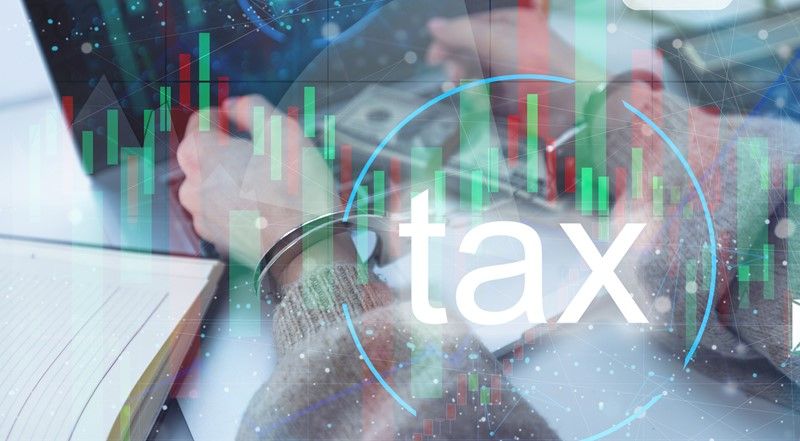Update from HMRC on MTD testing
HMRC has published a new Making Tax Digital newsletter. This newsletter is mainly intended for taxpayers and agents who are currently testing the Making Tax Digital for Income Tax (MTD for IT) system. MTD for IT will become mandatory in phases from April 2026.
For nearly two years, HMRC has been stress-testing its MTD for IT systems to ensure they can support increasing numbers of volunteer taxpayers. So far, HMRC has confirmed that testing has successfully deal with:
- The sign-up process works for individuals and agents, including those with non-standard accounting periods.
- Volunteers can make and edit quarterly submissions and add income sources.
- Volunteers can opt out of quarterly obligations.
- PAYE income pre-populates into estimated payments on account.
- Payments are correctly allocated within MTD for IT.
More recent testing in 2025 as HMRC scales up the rollout include:
April–June 2025
- Re-testing sign-up to confirm it can cope with larger volumes.
- Testing the ability for volunteers to appoint multiple agents (one for quarterly returns and one for end-of-year submissions).
July–September 2025
- Ensuring taxpayers and agents can make their first quarterly update via software completing the quarterly requirement.
- Checking the accuracy of estimated payments on account based on income to date.
- Testing key functions in the digital tax account, such as adding or stopping income sources and opting in or out of the service.
During the testing phase, there are no penalties for late submissions, but submitting on time is encouraged by HMRC as it helps those testing the system understand the requirements and allows for the service to be properly stress tested.
If your qualifying income is over £50,000 in the 2024–2025 tax year, you will be required to start using MTD for IT from 6 April 2026. There are some minimal exemptions in place.




